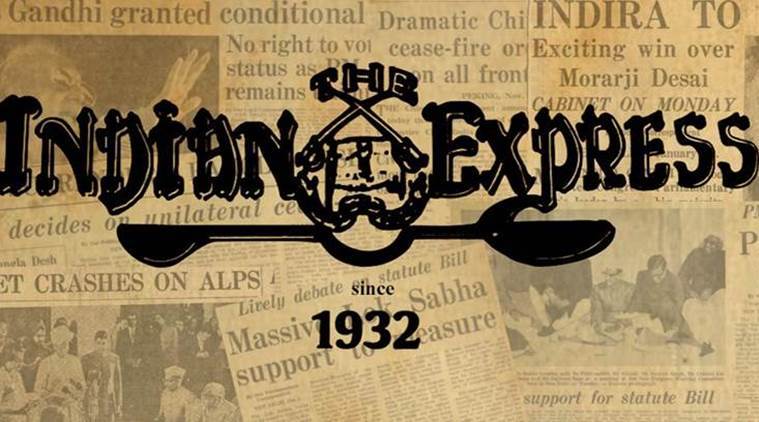Opinion A bridge too many
Employing army for non-emergency tasks — as in Mumbai — sends out troubling signals. It should be an exception
 At this rate, it would take centuries to close the wide gap between Indian men and women.
At this rate, it would take centuries to close the wide gap between Indian men and women.  Soldiers are meant to prepare and train for war during peacetime, and any involvement in non-military activities distracts them from their primary task.
Soldiers are meant to prepare and train for war during peacetime, and any involvement in non-military activities distracts them from their primary task.
In the presence of Maharashtra Chief Minister Devendra Fadnavis and Union Railway Minister Piyush Goyal, Union Defence Minister Nirmala Sitharaman announced that the army would be used for constructing three railway footbridges, including the ill-fated Elphinstone Bridge where several pedestrians lost their lives four weeks ago. It is not unusual for the army to be used for making bridges: Army engineers had made a bridge for the Sri Sri Ravi Shankar mega event at the Yamuna flood plains in 2015, and had replaced a collapsed footbridge just before the Commonwealth Games in Delhi in 2010. Army engineers also have a standing duty to construct pontoon bridges during the Kumbh Mela. The army has made bridges in inaccessible areas in Jammu and Kashmir and the North-east, after a natural calamity or a humanitarian disaster. The government has, in that sense, followed established precedent.
However, the current deployment for making a bridge in Mumbai is different in many ways. The Railways have the expertise and the resources to make the bridge, and in Mumbai, can even seek help from the private sector. Moreover, this bridge is a permanent construction, unlike the ones at the Yamuna flood plains or at the Kumbh, which are made temporarily for a particular event. As the deadline for constructing the footbridge has been set as January 31, 2018, it will not even provide any urgent relief to train passengers. Notwithstanding these, the government is within its rights to employ the military for this task and it can be reasonably presumed that it would have taken the decision after consulting senior military officials and taking their advice on board.
Employing the army for such non-emergency tasks should, however, be an exception and not the norm. The military is an instrument of last resort. Soldiers are meant to prepare and train for war during peacetime, and any involvement in non-military activities distracts them from their primary task. India has witnessed the consequences of employing the military for house construction and farming during the late-1950s and early 1960s, which led to a humiliating military defeat at the hands of the Chinese in 1962. There is another more important reason for greater discretion in calling in the army. It sends out the unfortunate impression that civilian institutions have failed and only the armed forces can provide a viable alternative. That is not a healthy sign in a liberal democracy because it potentially distorts the balance of civil-military relations, and comes in the way of civilian institutions being reformed. Hopefully, Sitharaman will treat the Elphinstone bridge episode as an exception and desist from calling in the army in a similar situation in the future.





